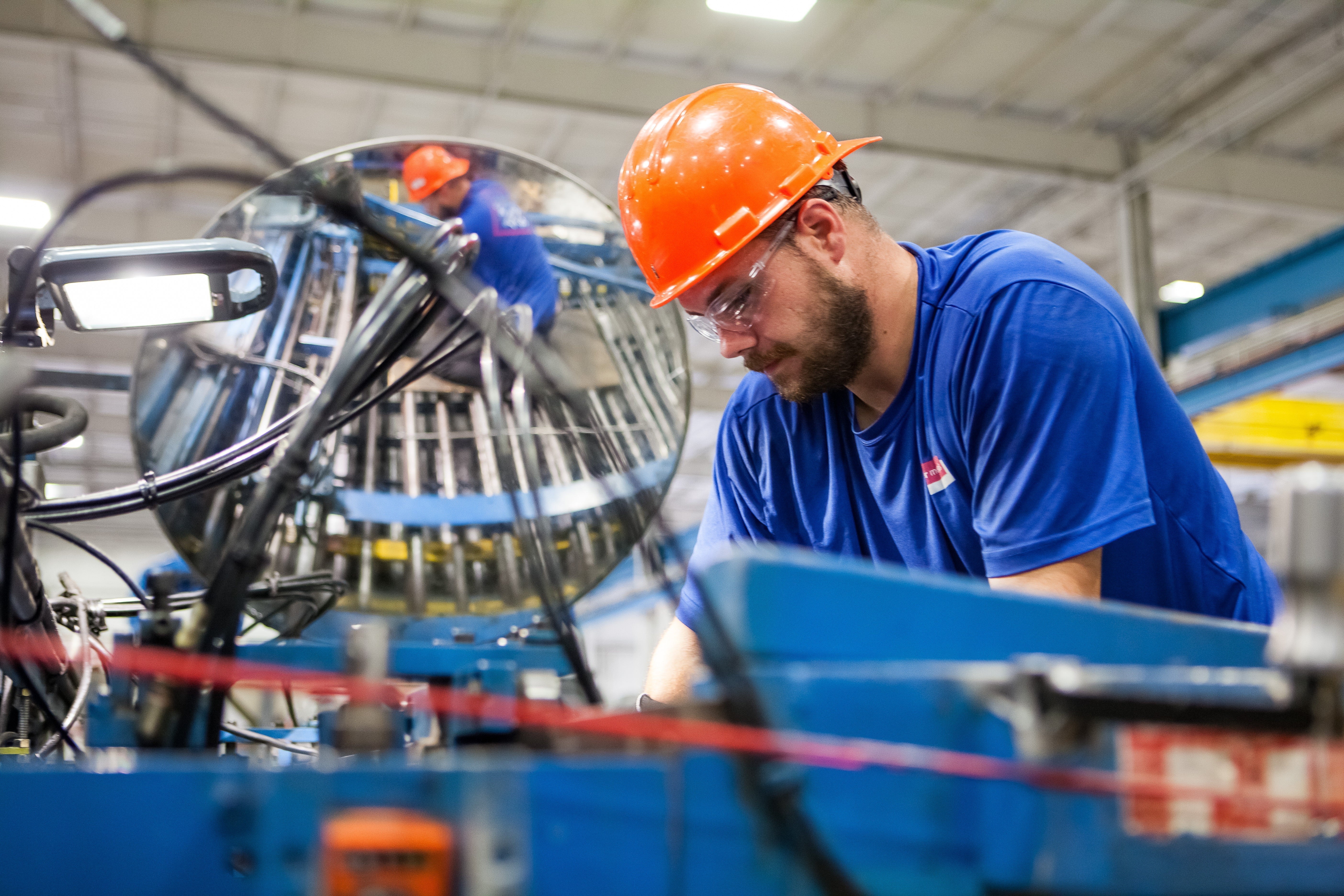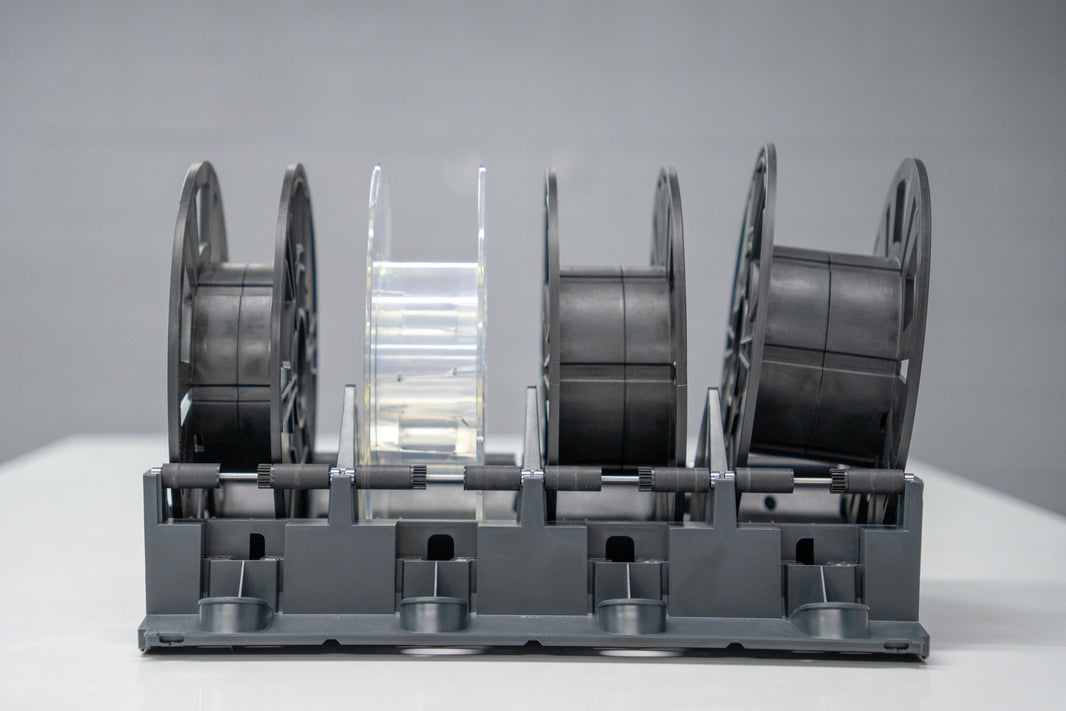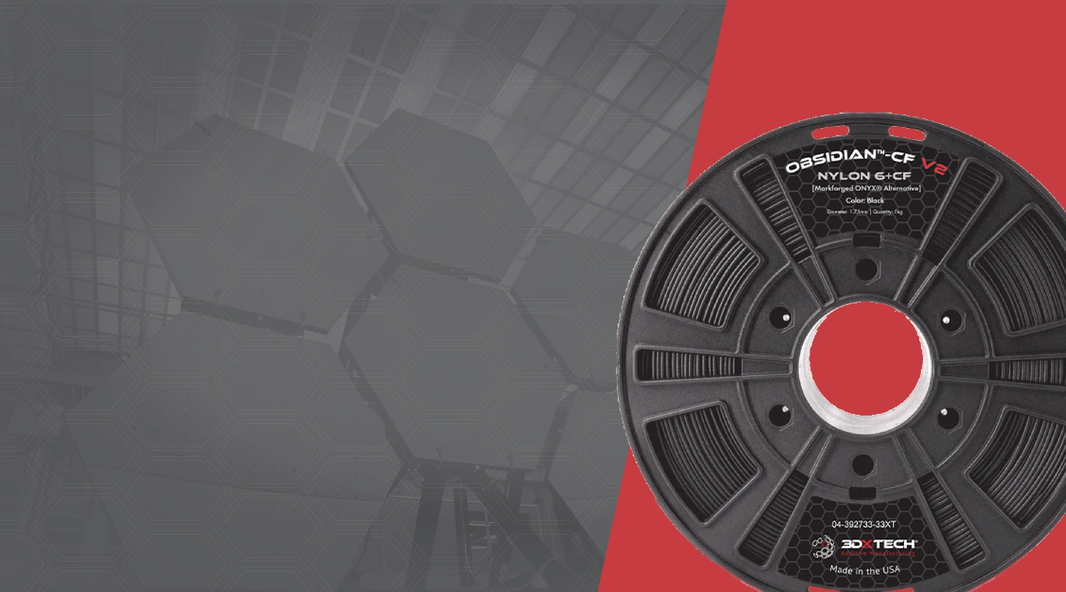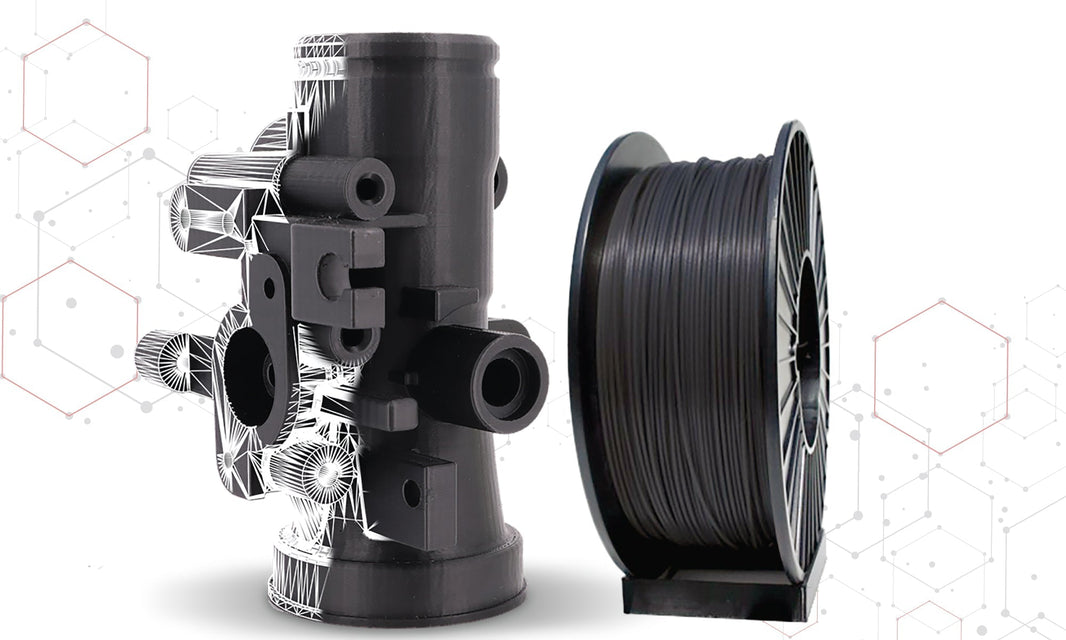High-Temperature 3D Printing Filaments: Materials for Extreme Environments
Some applications demand more than strength and durability—they require materials that can withstand extreme heat, pressure, and exposure to harsh conditions. High-temperature 3D printing filaments such as PEEK, PEKK, Ultem (PEI), PPSU, and PSU deliver the performance needed to succeed where standard polymers fail. These filaments make it possible to create production-ready parts for aerospace, automotive, defense, oil & gas, and industrial sectors.
Why High-Temperature Filaments Matter
Standard filaments like PLA, ABS, or PETG begin to soften or degrade at elevated temperatures, making them unsuitable for many real-world industrial applications. In contrast, high-performance thermoplastics retain mechanical strength, chemical resistance, and dimensional stability even at continuous-use temperatures above 150°C. This makes them essential for critical applications like under-hood automotive components, aerospace interiors, and electrical housings.
Top High-Temperature Filaments
PEEK (Polyether Ether Ketone)
PEEK filament is one of the most advanced 3D printing materials available. With a continuous-use temperature of up to 250°C, it combines heat resistance, chemical resistance, and mechanical strength. PEEK is commonly used in aerospace, oil & gas, and medical applications where reliability is non-negotiable.
PEKK (Polyether Ketone Ketone)
PEKK filament provides similar high-temperature performance to PEEK but with added processing flexibility and reduced warping. It performs exceptionally well in aerospace and defense applications, offering resistance to fuels, hydraulic fluids, and thermal cycling.
Ultem™ (PEI)
Ultem filament, also known as PEI, delivers inherent flame resistance (UL 94 V-0 rating) and continuous-use temperatures up to 170°C. It’s widely used for aerospace interiors, automotive parts, and electrical insulators thanks to its balance of strength, heat resistance, and compliance with industry safety standards.
PPSU (Polyphenylsulfone)
PPSU filament maintains toughness and stability at temperatures exceeding 200°C. It also offers excellent chemical resistance and the ability to withstand repeated sterilization cycles, making it popular in medical, aerospace, and industrial manufacturing.
PSU (Polysulfone)
PSU filament offers high-temperature stability and transparency, with excellent resistance to acids, alkalis, and hydrocarbon fluids. It is ideal for fluid-handling components, housings, and electrical applications in environments that demand both heat and chemical resistance.
Applications in Extreme Environments
- Aerospace: Cabin interior parts, ducting, clips, and brackets exposed to heat and flame
- Automotive: Under-the-hood parts, fuel system components, and heat-resistant housings
- Oil & Gas: Downhole tools, seals, and fittings designed for high heat and chemical exposure
- Defense: Ruggedized housings, chemical-resistant field equipment, and mission-critical parts
- Industrial Manufacturing: High-temperature jigs, fixtures, and tooling for production lines
Why Engineers Choose High-Performance Thermoplastics
Beyond heat resistance, these materials bring a range of benefits that make them valuable for both rapid prototyping and end-use production:
- Maintain dimensional stability at extreme temperatures
- Resist chemical degradation from fuels, solvents, and acids
- Offer lightweight alternatives to metals in high-heat applications
- Meet stringent safety standards such as UL 94 V-0 flame ratings
- Enable cost savings compared to traditional machining of high-performance plastics
Related Reading
- PEEK vs PEKK vs Ultem: Choosing the Right High-Performance Filament
- End-Use Parts with High-Performance Filaments: Bridging Prototyping and Production
- Chemical-Resistant Filaments for Harsh Environments
- Flame-Retardant Filaments for Aerospace, Automotive & Defense
- Rapid Prototyping with Engineering-Grade Filaments






